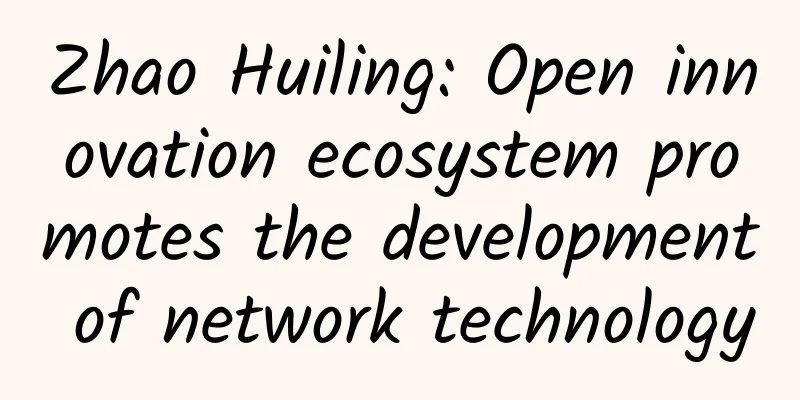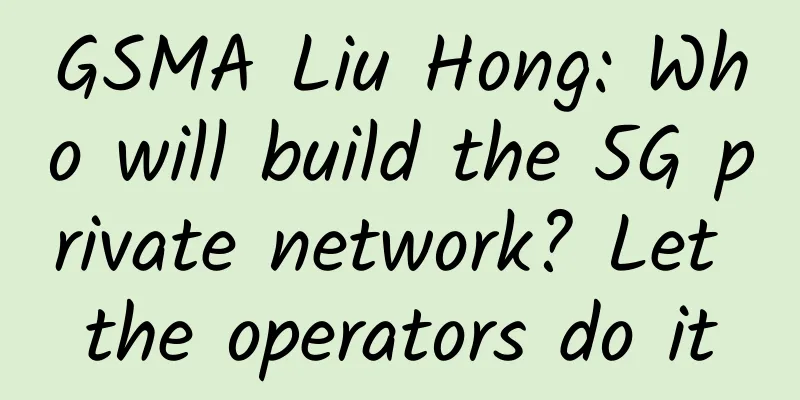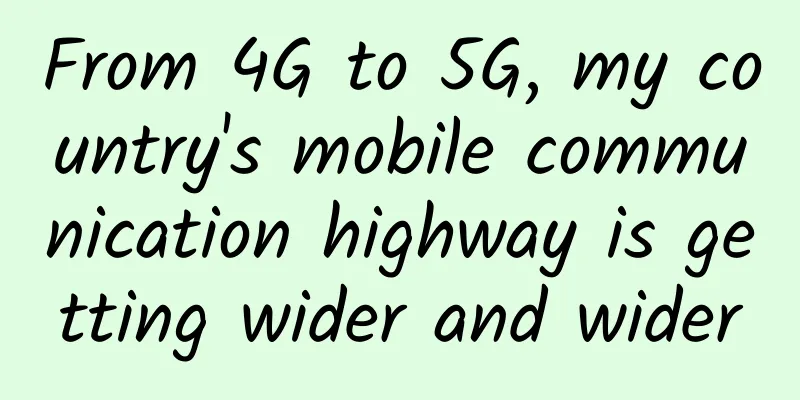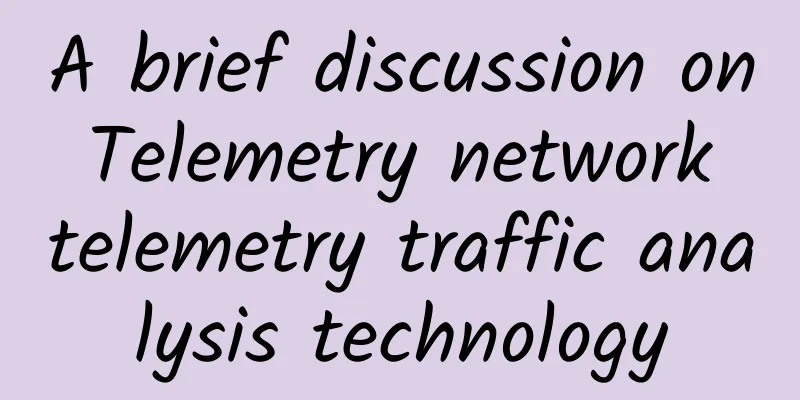If you don't even know how to attack and defend a switch, what's the point of being a network engineer?
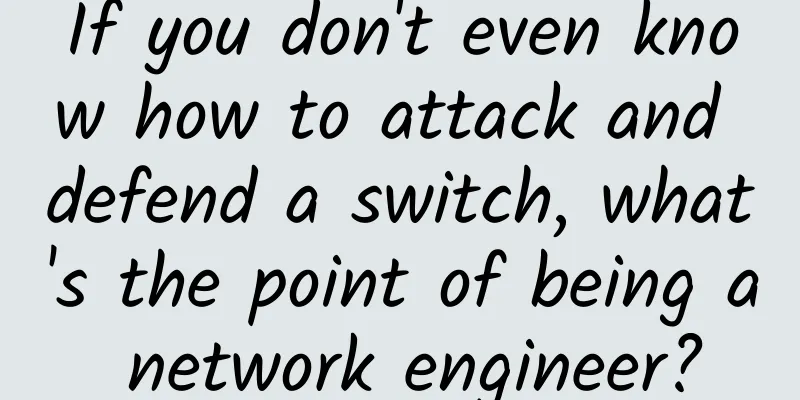
|
Why should we care about switch security???
This diagram mainly shows that firewalls, routers, and switches are generally placed at the border or DMZ, core and distribution layer, and access layer respectively; Among these devices, why are switches the least secure?
Possible attack forms and defense measures at the switch level: For so many forms of attack, we can roughly divide them into four categories:
1. VLAN Hopping Attack Use Trunk or Double Tag (native) to sniff or attack information from other VLANs Countermeasures:
2. STP spoofing attack Influencing the spanning tree topology by forging incorrect BPDU messages Countermeasures: (1) Configure BPDU guard on the interface (access) connected to the host or router. This type of interface should not receive BPDUs. If it does, the interface will be set to error disable state. spanning-tree bpduguard enable on the interface (2) Or configure Root Guard on the above interfaces. This type of interface can receive BPDUs, but if it is a better BPDU, the interface is set to error disable state to avoid the change of the root bridge. spanning-tree guard root under interface MAC spoofing attack Stealing other people's MAC addresses to forge attacks, or illegally accessing the network to steal information Countermeasures:
IV. CAM/MAC Flood Attack By continuously forging MAC addresses and sending messages, the switch CAM table is flooded with junk MAC addresses in a short period of time, the real MAC is squeezed out, the known unicast becomes unknown unicast, and is forced to flood, causing the data to be sniffed. Countermeasures: Port security, limiting the maximum number of MAC addresses that a port can learn 5. DHCP Server Spoofing Attack The illegal DHCP server preemptively allocates addresses to customers, issues fake gateway addresses, and directs customer traffic to the "middleman" to achieve information sniffing. Countermeasures: Configure DHCP Snooping on the Layer 3 switch to monitor DHCP messages and intercept address allocation messages from illegal DHCP servers. 6. DHCP starvation (address pool exhaustion) Constantly changing MAC addresses and forging DHCP request messages will consume all the addresses in the DHCP server address pool in a short period of time, making it impossible for legitimate users to obtain IP addresses. Countermeasures:
7. ARP Spoofing Publish fake ARP reply messages to direct customer messages to the "middleman", thereby achieving data sniffing. Countermeasures:
8. IP address spoofing Stealing IP addresses, illegally accessing the network, or impersonating others to send attack traffic Countermeasures:
9. Attacks on the switch itself Intercept CDP (plain text) messages, obtain the switch management address, and then perform brute force password cracking; intercept Telnet messages (plain text) and sniff passwords. After obtaining switch management permissions, they can do whatever they want. Countermeasures:
|
<<: Are the operators wronged when being questioned about “4G speed reduction and 5G hibernation”?
Recommend
5G + Internet of Things: Providing development opportunities for the popularization of smart lamp poles
[[392057]] At present, the smart light pole indus...
TNAHosting: $5/month-4 cores/12GB/500GB/15TB/Chicago data center
TNAHosting is a foreign hosting company founded i...
Wi-Fi 7: The Next Generation of Wi-Fi Evolution
Although Wi-Fi 6 has just been launched, Wi-Fi 7 ...
WiFi is about to be eliminated again. Downloading thousands of movies in one second is no longer a dream, new Australian research released
The WiFi transmission rate is already fast enough...
Let you know the more common Wi-Fi standards and types
Wi-Fi is an all-encompassing word. In a sense, it...
DiyVM: Hong Kong CN2 & Japan & US VPS, KVM architecture, 2G memory starting from 50 yuan/month
DiyVM is a Chinese hosting company founded in 200...
What are the options for 4-port/8-port/16-port/24-port Gigabit POE switches?
POE power supply technology has become the darlin...
What is cloud network?
The future of cloud is bright. By 2024, more than...
Game lag? Be careful to use the wrong WiFi frequency at home
When you use WiFi at home to play games, you alwa...
When WiFi6 collides with 5G, is it a crisis or a business opportunity?
September 16, 2019 WiFi Alliance announces WiFi6 ...
Do you really understand API Gateway? This article explains the differences and integration between microservice gateway and enterprise application gateway
Software architecture is always evolving and iter...
Breaking news! Huawei announced that it will launch a full set of 5.5G network equipment for commercial use in 2024
On June 29, Yang Chaobin, Huawei's director a...
ThomasHost: US/France/UK/Canada KVM starting at $5/month, supports Windows
ThomasHost domain name was registered in 2012, an...
5G is no longer dependent on operators, and 50 companies have been approved to build their own private networks
5G is not just for operators; vertical industries...
CloudCone Christmas promotion, Los Angeles MC data center KVM VPS annual payment starts from $12.7
CloudCone is a sub-brand of Quadcone, founded in ...



![[2024] What are the VPS in Hong Kong? How to choose a VPS in Hong Kong? Check out the information of VPS merchants in Hong Kong](/upload/images/67cabc6909af9.webp)
